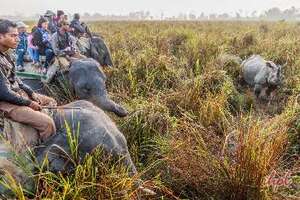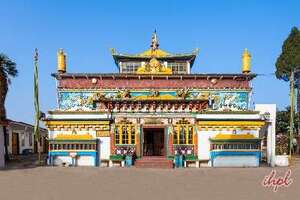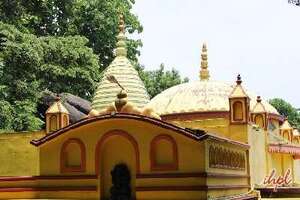The initiative of saving the rhino came to light in July 1902, when the Zoological Garden, Calcutta, requested Mr. J.C. Arbuthnott, the Officiating Commissioner of the Assam Valley Districts, for an adolescent rhino for its conservation campaign. In this discussion with the Chief Commissioner of Assam, he pointed out the dwindling rhino population due to their being hunted. However, the remaining few still stood a chance of being saved.
The Chief Commissioner responded positively, and the Kaziranga forest block was identified as the place for establishing an asylum for the rhinoceros.
In January 1905, during a trip to Assam, Lady Curzon visited an area close to the present-day Kaziranga National Park as she had heard stories of its rich fauna. She was taken on an elephant with the mahout being a gentleman the locals called Nigona shikari. Nigona was a self-taught naturalist and knew the jungle inside out. As they went deeper into the forest, Nigona pointed out a rhino in the distance to Lady Curzon. She did not believe him thinking it was a buffalo. By the time they arrived at the spot, the animal had disappeared. However, when Nigona pointed out a series of fresh pugmarks with three toes on each foot, she was convinced. While answering her questions about the rhino, he aired his concern about the indiscriminate killing of the animal. When she wanted to know how the rhino could be saved, Nigona said -” Stop the sahibs from killing them.” On her return to Calcutta, Lady Curzon pressed her husband, the Viceroy of India, to issue orders that would prohibit the hunting of rhinos in Assam.
On 1st June 1905, an area of 57,273.6 acres was declared as the Kaziranga Proposed Reserve Forest, and in 1908 it was established as a Reserve Forest. In 1926 Kaziranga was declared a Forest Reserve, and hunting was banned. In 1974 it was declared a National Park.
You can plan your visit to enjoy the wilderness and natural beauty simultaneously. You can contact our tour experts and book Kaziranga wildlife tour packages at a reasonable cost with customization.
Milestones in Conservation
- 1905 – Declared Proposed Reserve Forest
- 1908 – Declared Reserve Forest with an area of 57,273.6 acres
- 1916 – Declared Game Sanctuary
- 1926 – Hunting banned and declared a Forest Reserve (230 sq. km)
- 1938 – Opened to Visitors
- 1950 – Declared a Wildlife Sanctuary
- 1974 – Declared a National Park
- 1985 – UNESCO declares Kaziranga National Park a World Heritage
- 2005 – Kaziranga National Park celebrates its centenary (1905 – 2005)
Kaziranga has come a long way, from a few dozen rhinos in 1905 to 1700 in 2005. Other success stories which have played out quietly on the sidelines have been the increase in tiger and elephant populations. From 29 tigers in 1972 to 86 in 2000, the growth rate has been very healthy. As a result, Kaziranga today has the highest tiger density in the world. Over time, through the addition of land, the park size has been increased and now stands at 860 sq. km.
Kaziranga would not be where it is now if it were not for the dedicated foresters and field officers who spend days and nights in the malaria-infested swamps physically protecting the animals from any calamity – floods, fire, or fire poachers. Officials are on red alert 365 days a year, 24 hours a day. To date, 12 foresters have lost their lives so that Kaziranga and its inhabitants can flourish.
With support from WTI’s partner, the International Fund for Animal Welfare (IFAW), the Assam Forest Department, and the Wildlife Trust of India have set up the Centre for Wildlife Rehabilitation and Conservation at Kaziranga National Park. The Centre scientifically deals with distressed wild animals as per international norms. As per WTI’s website, as of August 2004, the Center has attended 253 rescue cases of wild animals in Assam, with 128 animals being successfully treated and released back into the wild.
Kaziranga Tour Packages
List Of Popular Wildlife Sanctuaries In East India
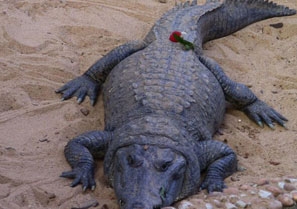 Nandan Kanan Wildlife Sanctuary
Nandan Kanan Wildlife Sanctuary 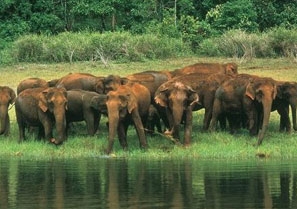 Hazaribagh Wildlife Sanctuary
Hazaribagh Wildlife Sanctuary 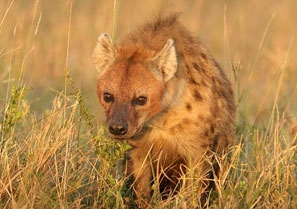 Ambapani Sanctuary
Ambapani Sanctuary 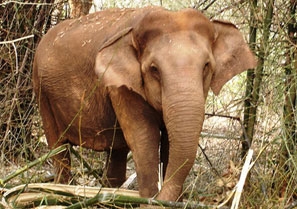 Simlipal Wildlife Sanctuary
Simlipal Wildlife Sanctuary  Badarama Wildlife Sanctuary
Badarama Wildlife Sanctuary 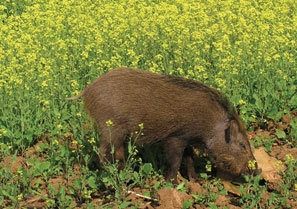 Baisipalli Wildlife Sanctuary
Baisipalli Wildlife Sanctuary  Balukhand Wildlife Sanctuary
Balukhand Wildlife Sanctuary 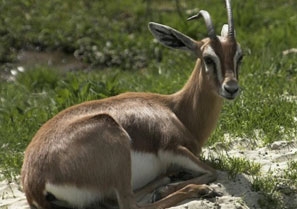 Belghar Wildlife Sanctuary
Belghar Wildlife Sanctuary 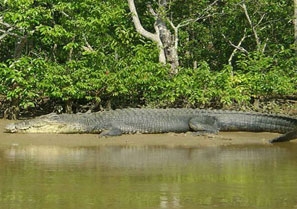 Bhitarkanika Wildlife Sanctuary
Bhitarkanika Wildlife Sanctuary 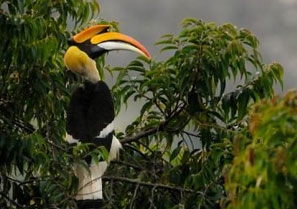 Bura-Chapuri Wildlife Sanctuary
Bura-Chapuri Wildlife Sanctuary 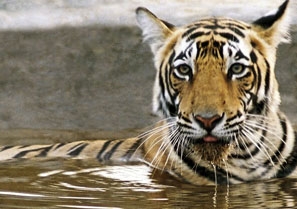 Chandaka Wildlife Sanctuary
Chandaka Wildlife Sanctuary 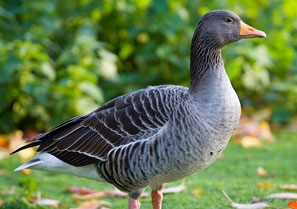 Debrigarh Wildlife Sanctuary
Debrigarh Wildlife Sanctuary 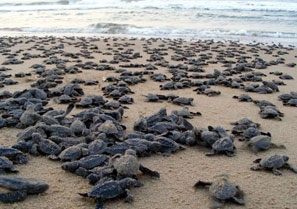 Gahirmatha Turtle Sanctuary
Gahirmatha Turtle Sanctuary 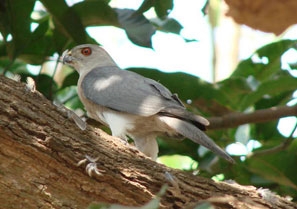 Karlapat Wildlife Sanctuary
Karlapat Wildlife Sanctuary 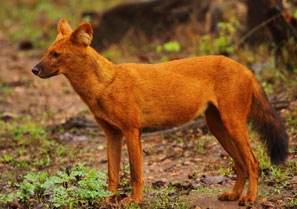 Khalasuni Wildlife Sanctuary
Khalasuni Wildlife Sanctuary 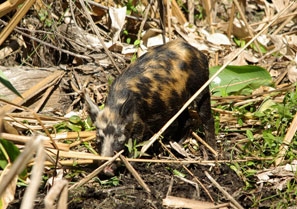 Kotagarh Wildlife Sanctuary
Kotagarh Wildlife Sanctuary 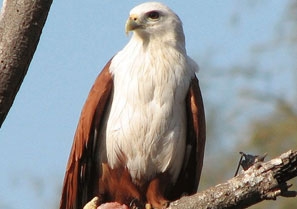 Kuldiha Wildlife Sanctuary
Kuldiha Wildlife Sanctuary 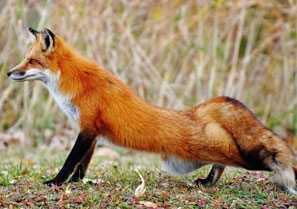 Lakhari Valley Sanctuary
Lakhari Valley Sanctuary 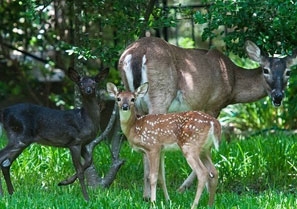 Laokhowa Wildlife Sanctuary
Laokhowa Wildlife Sanctuary 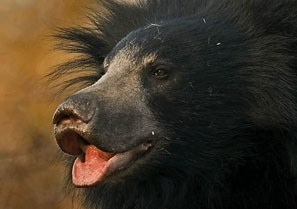 Pabha or Milroy Sanctuary
Pabha or Milroy Sanctuary 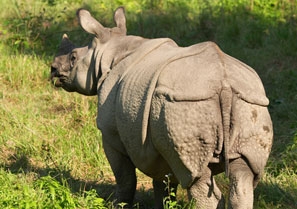 Pabitora Wildlife Sanctuary
Pabitora Wildlife Sanctuary  Padmatala Wildlife Sanctuary
Padmatala Wildlife Sanctuary 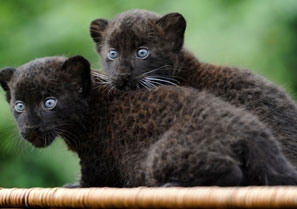 Satkosia Basipalli Sanctuary
Satkosia Basipalli Sanctuary 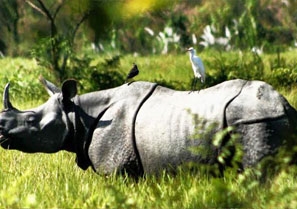 Sonai Rupai Wildlife Sanctuary
Sonai Rupai Wildlife Sanctuary 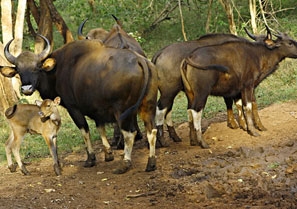 Sunabeda Wildlife Sanctuary
Sunabeda Wildlife Sanctuary 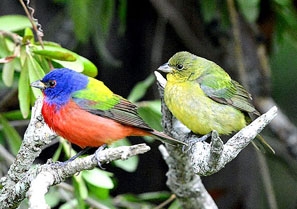 Tikarpada Wildlife Sanctuary
Tikarpada Wildlife Sanctuary 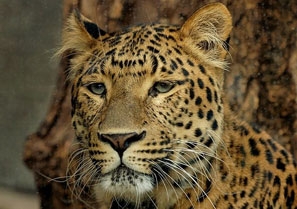 Ushakothi Sanctuary
Ushakothi Sanctuary



